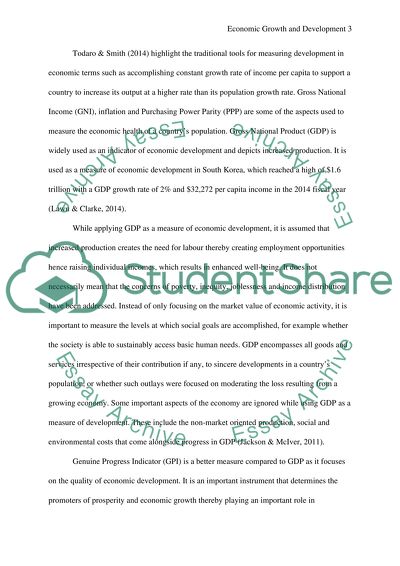Cite this document
(“Overview of Economic Growth and Development in South Korea Term Paper”, n.d.)
Overview of Economic Growth and Development in South Korea Term Paper. Retrieved from https://studentshare.org/macro-microeconomics/1674817-overview-of-economic-growth-and-development-in-south-korea
Overview of Economic Growth and Development in South Korea Term Paper. Retrieved from https://studentshare.org/macro-microeconomics/1674817-overview-of-economic-growth-and-development-in-south-korea
(Overview of Economic Growth and Development in South Korea Term Paper)
Overview of Economic Growth and Development in South Korea Term Paper. https://studentshare.org/macro-microeconomics/1674817-overview-of-economic-growth-and-development-in-south-korea.
Overview of Economic Growth and Development in South Korea Term Paper. https://studentshare.org/macro-microeconomics/1674817-overview-of-economic-growth-and-development-in-south-korea.
“Overview of Economic Growth and Development in South Korea Term Paper”, n.d. https://studentshare.org/macro-microeconomics/1674817-overview-of-economic-growth-and-development-in-south-korea.


